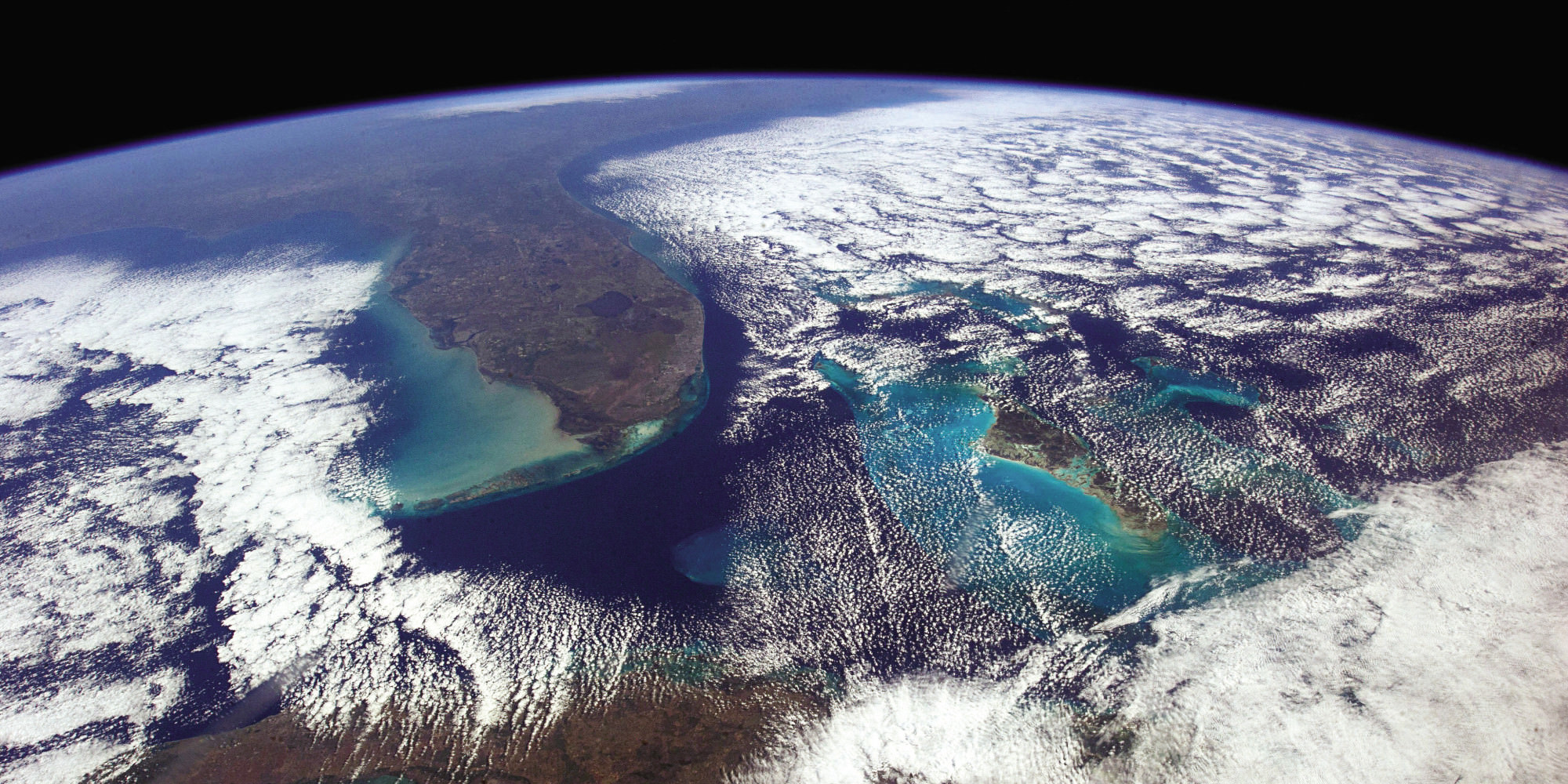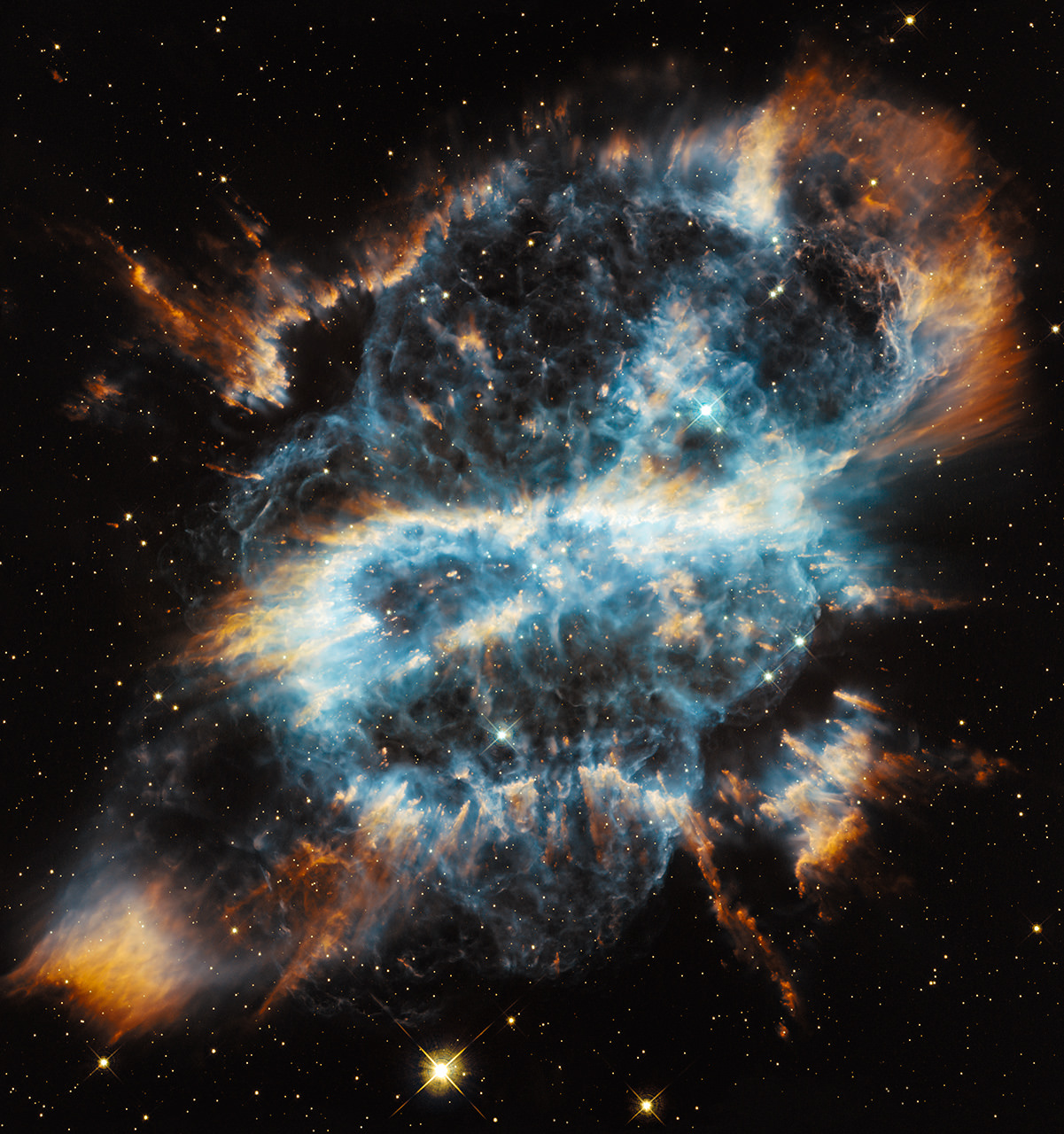Orbiting 200 miles above the Earth, Retired Astronaut Chris Hadfield could easily photograph the ridges of the Himalayan Mountains, the textures of the Sahara Desert and the shadows cast by the tallest buildings in Manhattan.
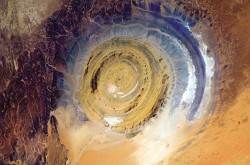
“The view of the world when you have it just right there through the visor of your helmet is overpoweringly gorgeous,” said Hadfield, speaking Oct. 14 at the American Museum of Natural History in New York City. “It is phenomenal. The world is pouring by with all its colors and textures so fast.”
Although Hadfield has already shared many of his photos via social media, he unveiled another 150 images in his latest book, “You Are Here: Around The World in 92 Minutes.” The photographs open a rare window onto the Earth, illuminating our planet’s beauty and the consequences of human settlement.
The book is designed to replicate a single 92-minute orbit aboard the International Space Station. “It’s as if you and I are sitting at the window of the space station, and I said, ‘let’s go around the world once. I want to show you the really cool stuff,’ ” said Hadfield.
The astronaut, famed for his zero-gravity rendition of David Bowie’s “Space Oddity,” took approximately 45,000 photos during his 146-day stint on the space station in 2013. That’s roughly 300 photos per day every day. Since NASA does not set aside specific time slots for astronauts to take photos, Hadfield did so while he should have been asleep or serenading millions with his guitar.
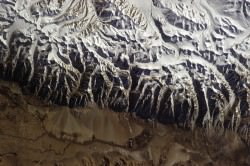
Why? Beauty triggers an unexplained emotional reaction, explained Hadfield. It also provides the best means of communication. Although the space station is an incredible scientific laboratory, art is equally important, he added, because it’s a way to reach people who might not otherwise be interested in the scientific nitty-gritty.
Hadfield is often attributed for humanizing space travel in a way that others before him had not. His use of social media, videos designed to quench our curiosity about living in space, and music, demonstrate a sheer passion that has inspired millions.
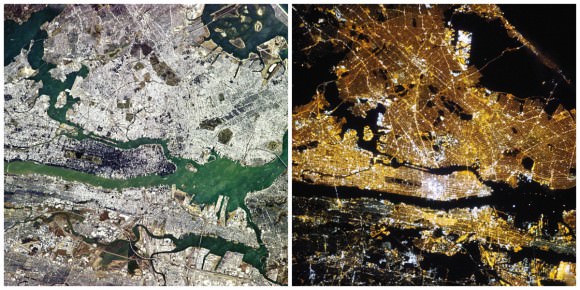
His photos not only share the natural beauty of our home planet, but also many signs of humanity, from bright city lights to the devastations of climate change as lakes dry up and disappear. “There’s so much information in just one glimpse out the window of human decision making and geology,” said Hadfield.
Hadfield’s remote yet vivid photos stand as a reminder of both the magnificence and fragility of life on our planet. “To have the world on one side, like this huge kaleidoscope, and then the bottomlessness of the Universe right there beside you,” said Hadfield, trailing off in awe. “You’re not on the world looking at it. You’re in the Universe with the world.”

